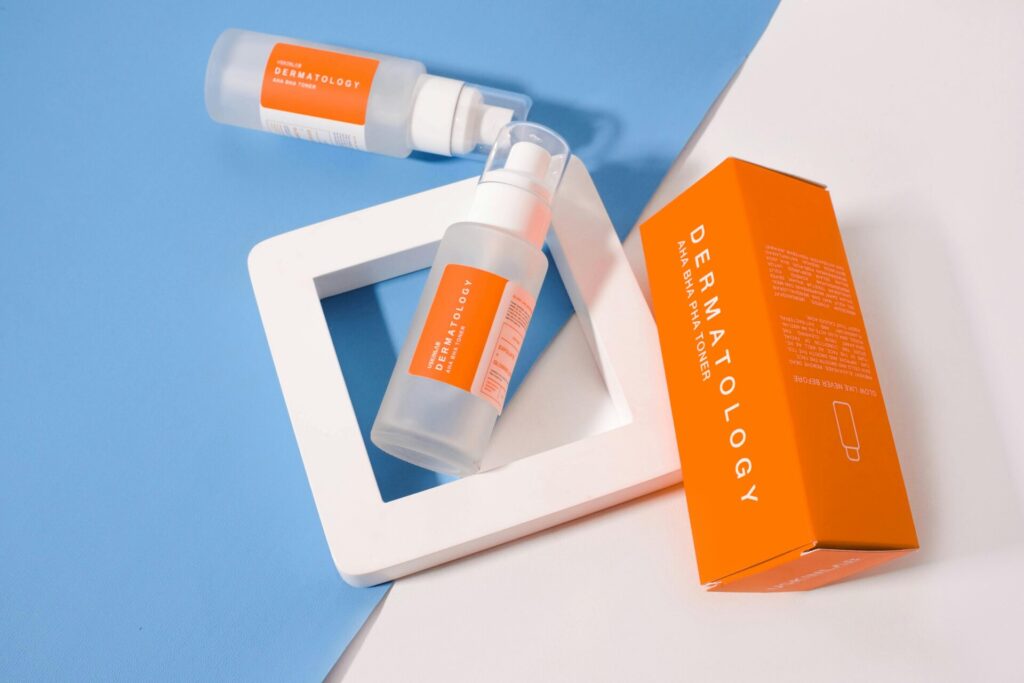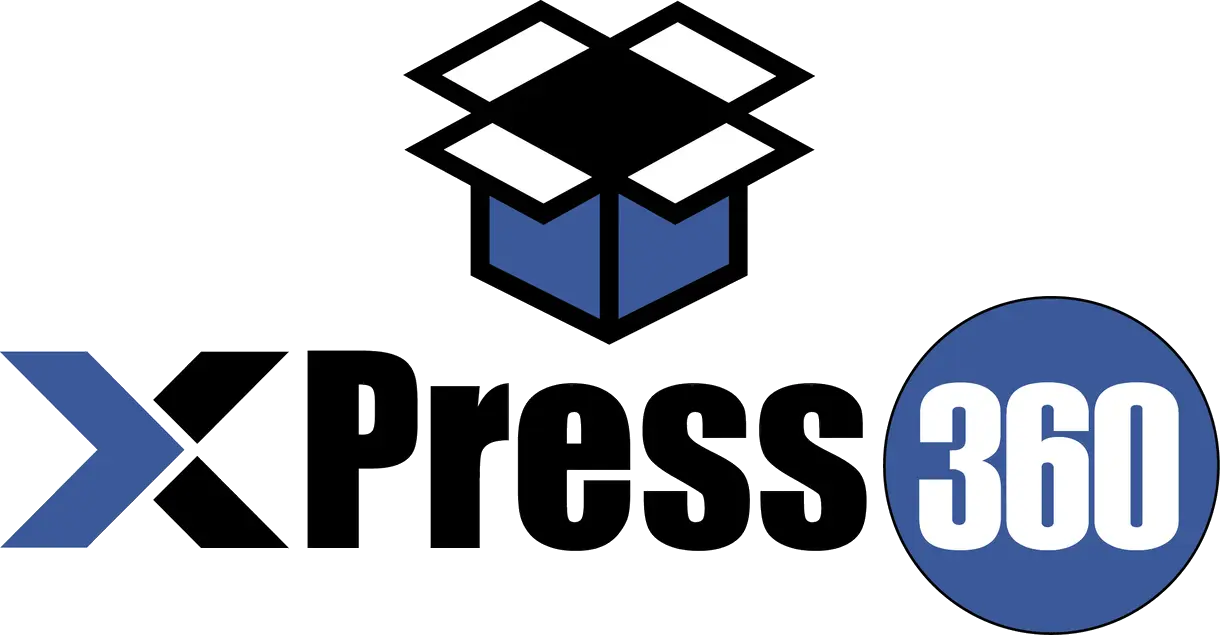In the dynamic world of product presentation, custom packaging stands as a crucial element for brands aiming to make a memorable impact. With advancements in design technologies, particularly Computer-Aided Design (CAD), the landscape of custom packaging has evolved significantly. This blog delves into the intricate relationship between CAD and custom packaging, highlighting its importance and the transformative role it plays in achieving precision and perfection.
Custom packaging is more than just a container for products; it’s an artful blend of aesthetics and functionality, leaving a lasting impression on customers. Beyond basic cardboard containers, custom packaging is tailored to fit products perfectly, enhancing their appeal and ensuring safe transit. From luxurious cosmetic boxes to eco-friendly solutions, the possibilities are limitless.
The journey of design technologies has been revolutionary, shaping the way products are conceptualized and presented. From traditional hand-drawn sketches to sophisticated digital design tools, the evolution has been remarkable. Among these technologies, Computer-Aided Design (CAD) has emerged as a game-changer, offering unparalleled precision and flexibility in design creation.
Understanding CAD
Understanding CAD is crucial because it streamlines the design process, enabling designers to create precise and efficient drawings and models, ultimately leading to faster innovation and improved product quality. This technology allows designers to visualize and refine packaging designs in a virtual environment before they are physically produced. CAD software provides a range of tools and features for drafting, modeling, and rendering, empowering designers to bring their concepts to life with precision and accuracy.
Applications in Design Industries
CAD design finds extensive applications across various design industries, including architecture, engineering, automotive, and of course, packaging design. In the realm of custom packaging, CAD enables designers to craft intricate packaging solutions tailored to the unique dimensions and specifications of each product. Whether it’s a luxury perfume bottle or an electronic gadget, CAD allows for precise measurements, structural analysis, and visualizations that ensure the perfect fit and presentation.

Key CAD Tools for Packaging Design
Key CAD tools are crucial for packaging design, allowing designers to create precise and efficient solutions tailored to various needs. These tools enable designers to craft innovative packaging solutions through accurate design, modification, and simulation processes.
3D Modeling Software
3D modeling software is a fundamental tool in packaging design, allowing designers to create three-dimensional representations of packaging concepts. These software packages offer a wide range of features for modeling shapes, textures, and visual effects, providing designers with the flexibility to explore creative ideas and refine designs with precision.
Parametric Design Applications
Parametric design applications are invaluable in packaging design as they enable designers to create intelligent, adaptive models that respond to changes in parameters such as dimensions, materials, and structural elements. Designers can efficiently iterate on designs by using parametric design principles, ensuring that they meet the specific requirements of each product while maintaining consistency and coherence in the overall packaging design.
Virtual Prototyping Tools
Virtual prototyping tools simulate real-world conditions to evaluate packaging designs, enabling designers to identify potential issues and make necessary adjustments before physical production, reducing the time and costs associated with prototyping. These tools enable designers to conduct structural analysis, assess material properties, and evaluate the ergonomics of the packaging design, helping to identify and address potential issues early in the design process.

CAD’s Impact on Cost-Efficiency
CAD’s implementation enhances cost-efficiency by optimizing design iterations, minimizing material waste, and accelerating time-to-market for products.
Reducing Prototyping Costs
CAD enables designers to create virtual prototypes, eliminating the need for costly physical prototypes, which translates to significant savings for the company and business. This reduction in prototyping expenses significantly contributes to overall cost savings in the design process.
Streamlining Production Processes
CAD streamlines production and shipping processes by providing precise design specifications and facilitating seamless communication between design and manufacturing teams. This optimization minimizes production errors and reduces lead times, resulting in lower overall production costs.
The Role of CAD in Enhancing Creativity
CAD technology empowers creativity in custom packaging design through:
Unlocking limitless customization options, enabling designers to tailor packaging solutions to unique product and brand requirements, fostering innovation and creativity.
Facilitating experimentation and iteration, CAD allows designers to explore innovative concepts and break free from conventional design constraints, inspiring creativity and pushing the boundaries of traditional packaging design.
Balancing Precision and Creativity
Striking a harmony between precision and creativity involves seamlessly integrating technical accuracy with artistic vision in packaging design. This balance ensures that designs not only meet functional requirements but also resonate with clients on an emotional level, resulting in impactful and memorable packaging experiences.
Designers must guard against relying too heavily on templates, instead embracing CAD’s potential for creativity. They should seek inspiration from various sources, experiment with techniques, and collaborate to overcome creative barriers and push design boundaries.
Summary
The role of CAD in custom packaging design is undeniably transformative, shaping the industry in profound ways. From enhancing precision and efficiency to fostering creativity and innovation, CAD has become an indispensable tool for designers navigating the dynamic landscape of packaging design. By seamlessly integrating technical prowess with artistic vision, CAD empowers designers to create packaging solutions that not only meet functional requirements but also captivate consumers and leave a lasting impression.
CAD plays a crucial role in shaping the landscape of custom packaging design by offering designers unparalleled precision, flexibility, and efficiency. Its ability to streamline the design process, facilitate experimentation, and optimize production processes makes it indispensable in creating impactful and memorable packaging solutions. By embracing CAD technology, designers can unlock limitless creative possibilities, enhance brand identity, and drive business success in today’s competitive market environment.







